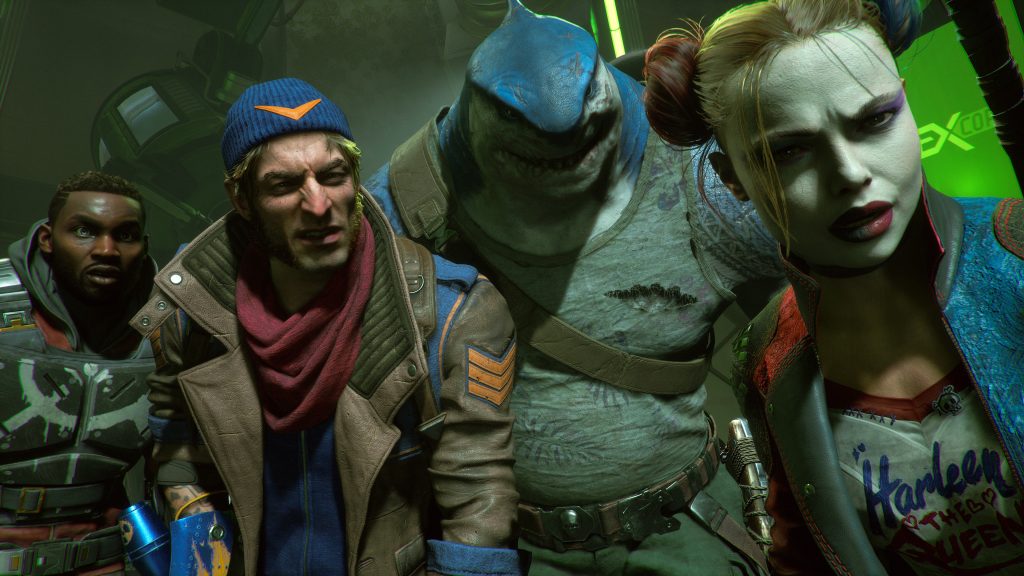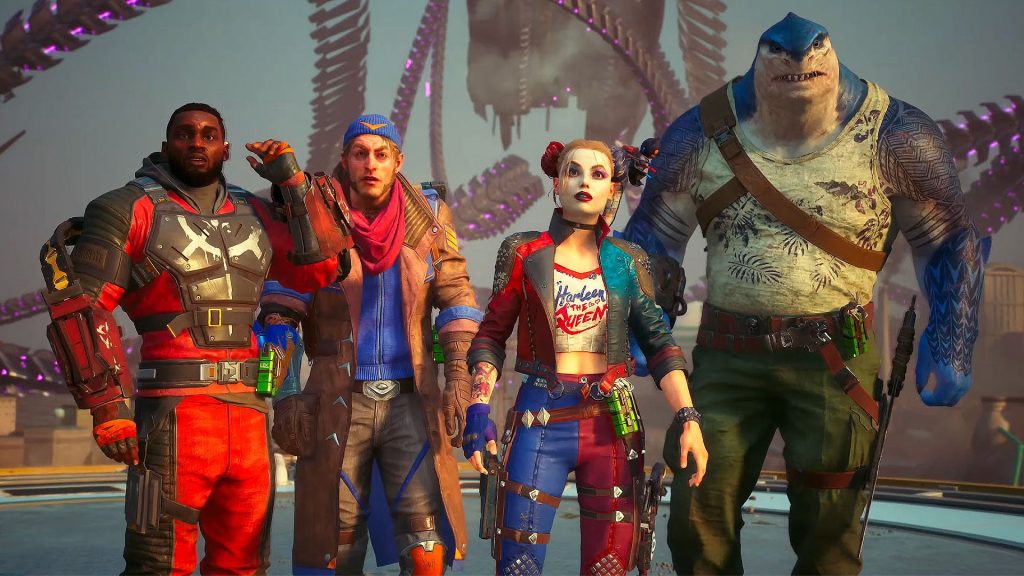Suicide Squad Shows Promise
Suicide Squad: Kill the Justice League Season 1 Review
Strong Character Development
The first season of Suicide Squad: Kill the Justice League introduces complex and multi-dimensional characters that subvert common superhero tropes. Amanda Waller is portrayed as a pragmatic and ruthless leader who sees metahumans as weapons to control, rather than inspire. Deadshot and Harley Quinn are depicted as dangerous yet charismatic anti-heroes struggling with their own psychological demons. The show does an excellent job of developing backstories and motivations for each member of the Suicide Squad.
Memorable Action Sequences
The action sequences are fast-paced, creatively choreographed, and visually stunning. Each member of the Suicide Squad has a unique skill set that lends itself to innovative fight scenes and set pieces. Harley Quinn's acrobatic style contrasts nicely with Deadshot's precise gunplay. When the team works together, the action reaches a fever pitch with each character playing off the others' abilities and weapons. The showrunners have struck an ideal balance between character development and action.
Promising Start
While the first season only has 8 episodes, it establishes a compelling narrative and vision for the show going forward. Suicide Squad: Kill the Justice League subverts the standard superhero genre with morally ambiguous protagonists and a darker tone. The complex characters, memorable action, and focus on psychology over spandex and capes make this show a refreshing take on familiar DC comics properties. Overall, the first season shows tremendous promise for the future of the series.

The Highlights of Suicide Squad's First Season
Initial Character Introductions and Team Dynamics
The first few episodes do an admirable job of introducing the main characters, including prominent members like Harley Quinn, Deadshot, and Captain Boomerang. Their backstories and motivations are fleshed out through a series of flashbacks and current escapades. The show takes time developing the team dynamics, with power struggles, romantic tensions, and humorous banter between the unruly members. By the end of the season, they have formed a tenuous alliance and bond.
Impressive Action Sequences and Effects
For a television series, the action and visuals in Suicide Squad are high quality. The team employs a variety of weapons and skills as they fight enemies and each other. Standout sequences include a helicopter chase in Episode 3 and a confrontation with Killer Frost in Episode 7 that showcases the team working together. The special effects, particularly those used for Captain Boomerang's boomerangs and Harley Quinn's acrobatic skills, are well-done for a TV series.
Twists and Turns That Keep Viewers Guessing
While the overall plot of Season 1 is straightforward, there are enough surprises and twists to keep viewers engaged. A traitor is revealed in Episode 5, a romance blossoms in Episode 8, and a shocking death occurs in the finale. The twists are mostly well-executed, though a couple border on contrived. Still, they provide momentum and a sense of unpredictability.
Overall, the first season of Suicide Squad accomplishes much in terms of character development, action, effects, and plot. It sets a solid foundation for future seasons while still delivering an entertaining viewing experience on its own. With some minor improvements, Season 2 could be even better. The show is off to a strong start.

What We Hope to See in Suicide Squad Season 2
Deeper Character Development
Season 1 introduced intriguing yet complex characters with mysterious backstories that were only hinted at. In Season 2, the showrunners should delve deeper into the origin stories and formative events that shaped each character into who they are today. Exploring the characters’ histories and motivations on a deeper level will make their actions and relationships that much more compelling and help viewers form stronger connections with each character.
Higher Stakes
While Season 1 established the premise and dynamics of the team, the missions lacked a sense of urgency or consequence. The tasks were more introductory, allowing the team to find its footing. Now that the foundation has been laid, Season 2 should raise the stakes and place the team in life-or-death situations where failure has permanent, unthinkable consequences. Higher stakes will increase suspense and make victories that much more rewarding.
Stronger Bonds Between Characters
With crisis comes camaraderie, and facing high-pressure, high-stakes missions together should forge unbreakable bonds between teammates. While Season 1 saw the team come together, relationships were strained and tentative at best. Season 2 should strengthen the connections between characters through shared trauma, sacrifice, and triumphs. Teammates should come to truly understand, respect, and rely on one another, cementing their loyalty to the team.
The second season of any show is critical to its success and longevity. Focusing on deeper character development, higher stakes, and stronger relationships between characters can build on the success of Season 1 and ensure Suicide Squad continues to thrill and captivate audiences. The potential is there; now the show just needs to fulfill it.
Share On Your Social Page

